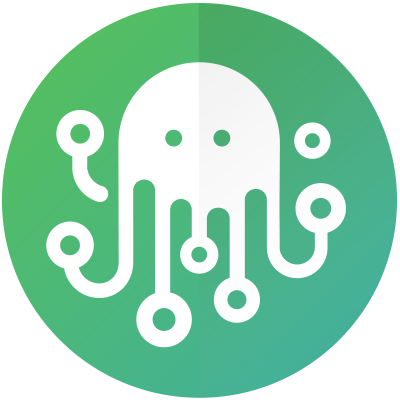Upgrade
ZigiOps Upgrade Path
The platform supports upgrades from previous versions while retaining your existing configuration. First, identify your current ZigiOps release and then follow the standard or release-specific instructions to upgrade to the desired version.
For example, if you're currently using ZigiOps 2021.01.x and want to upgrade to ZigiOps 2024.04.x, you must follow the release-specific instructions for each version between your current and desired release.

Upgrade Instructions
Stop ZigiOps.
Back up the existing ZigiOps installation folder to another location.
Only for Linux if ZigiOps was installed as a service: Backup the ZigiOps service file (
\etc\systemd\system\zigiwave.service).
Initiate the installation of the new ZigiOps release in the existing ZigiOps installation folder.
You must follow the corresponding release-specific instructions for all releases between your current and desired release. Otherwise, skip the release-specific instructions and continue further.
Wait for the installation to complete and start the ZigiOps service or process.
Go to the Connected Systems page and confirm if the test connection is successful.
Go to the Configurator page and select and enable the desired integration template.
Confirm if the integration is working as expected.
Backout Plan
Stop ZigiOps
Restore a backup of the previous version to the application's installation folder by replacing all files.
Start ZigiOps
Backout Plan – from ZigiOps 2024.11.3.173 (or newer) to an earlier ZigiOps release
Due to the changes introduced in the ZigiOps 2024.11.3.173 service-oriented architecture (SOA) release, reverting to a previous version requires additional steps.
Windows
Stop ZigiOps.
Uninstall the ZigiOps SOA release and its services:
Run the
C:\ZigiWave\ZigiOps\webapp\service\uninstall_service.batfile to uninstall the ZigiOps Web App service.Run the
C:\ZigiWave\ZigiOps\platform\service\uninstall_service.batfile to uninstall the ZigiOps Platform service.Manually delete the ZigiOps installation folder, which is typically located at
C:\ZigiWave\ZigiOps, unless a different location was specified during installation.
Restore the ZigiOps installation from your backup.
Reinstall the old (non-SOA) release ZigiOps service:
Run the
C:\ZigiWave\ZigiOps\service\install_service.batfile to reinstall the old (non-SOA) ZigiOps service.
Start ZigiOps.
Linux
Stop ZigiOps.
Uninstall the ZigiOps SOA release and its services:
Delete the
/etc/systemd/system/zigiwave_webapp.serviceZigiOps Web App service file (skip this step if you didn’t install the ZigiOps services).Delete the
/etc/systemd/system/zigiwave_platform.serviceZigiOps Platform service file (skip this step if you didn’t install the ZigiOps services).Manually delete the ZigiOps installation folder, which is typically located at
/opt/zigiwave/zigiops, unless a different location was specified during installation.
Restore the ZigiOps installation from your backup.
Only for Linux if ZigiOps was installed as a service: Restore the old (non-SOA)
zigiwave.servicefile from your backup to the\etc\systemd\system\folder.
Start ZigiOps.
